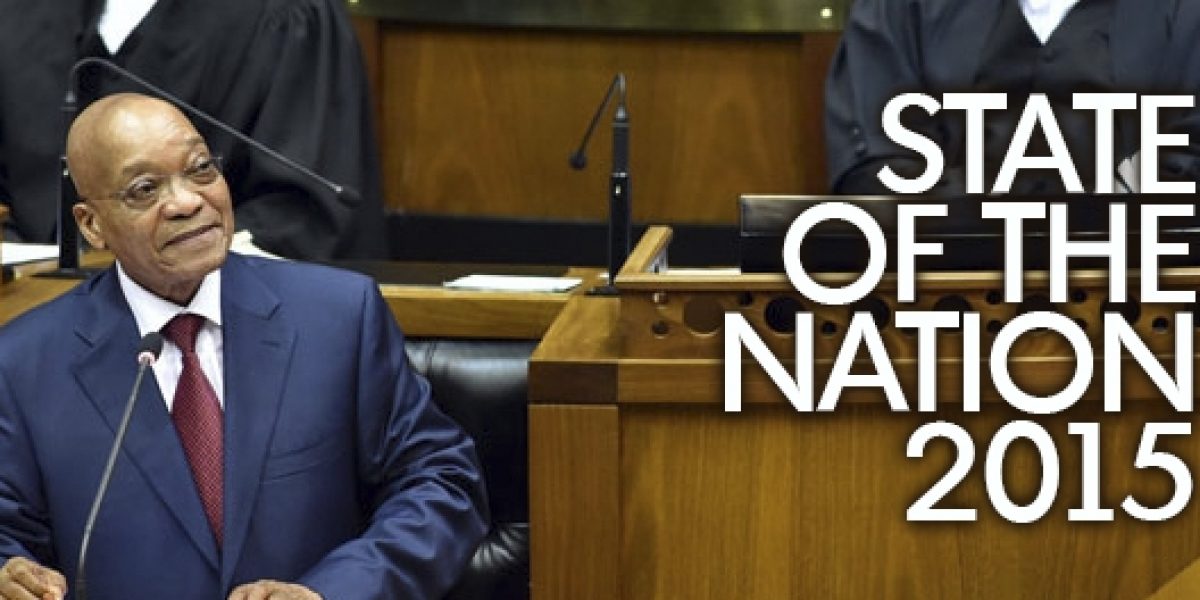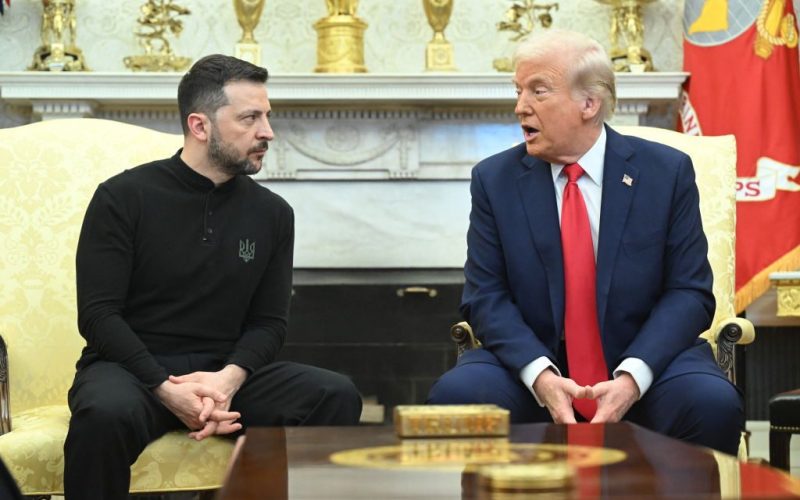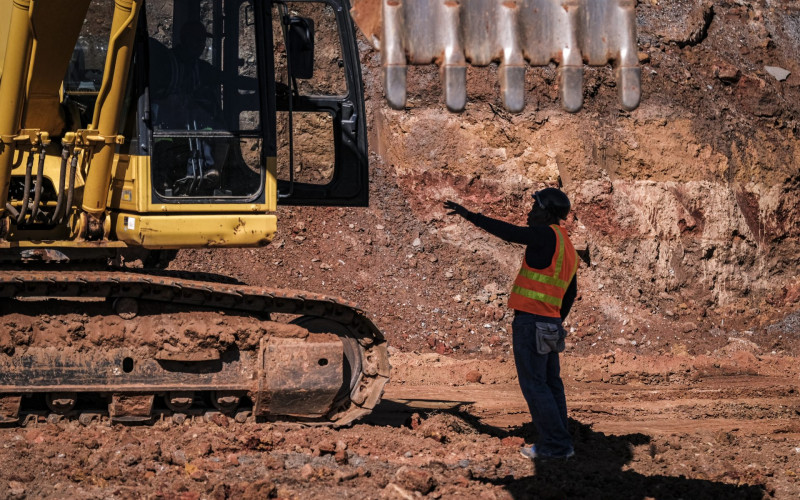Such an assessment should reflect on the government’s own stated priorities, but also evaluate its success in engaging with important public policy concerns at this pivotal point in South Africa’s history. During the 2015 Mining Indaba, concluded just hours before, Mineral Resources Minister Ngoako Ramatlhodi assured investors that South Africa was open for business.
What the President had to say about mining and energy is therefore of serious import.
Framing his address within the famous 1955 Freedom Charter, the President admitted that South Africa’s prospects of achieving a growth rate of 5% by 2019 was imperilled. Slow global growth and ‘domestic constraints in energy, skills, transport and logistics amongst others’ were the primary reasons he offered. He did not mention that the IMF has slashed South Africa’s forecast to 2.1% for 2015, and 2.5% for 2016. Growth in 2014 was a paltry 1.4%.
Ameliorating the domestic constraints the President mentioned would go a long way towards achieving higher growth. A lower oil price should help to boost the economy and rebalance the current account, though this will be dampened somewhat by lower commodity prices.
Energy constraints impair the growth of all sectors of the economy, especially mining. This bodes negatively for labour-absorbent growth, the importance of which cannot be overstated in the current context.
As a means of propelling growth, the President’s nine-point plan identified resolution of the energy crisis as the top priority. Within this, Eskom is to receive R23bn from the government in the coming year to ‘stabilise’ its finances.
Critics argue that a more efficient solution would be to encourage private sector power producers to feed into the national grid. One means by which to achieve this, for instance, would be to place the transmission grid in the hands of an independent operator. Independent Power Producers (IPPs) could then sell power directly to that entity and feed the grid. This would in all likelihood eradicate the grounds for procuring 9,600MW of expensive nuclear power from the likes of Rostrom or Areva. Demand projections for energy do not suggest that large capital expenditure on nuclear procurement could be offset by revenue generated from electricity consumers. IPPs, by way of contrast, have been a success story, but too few bidding windows to procure from them have been opened to alleviate supply-side constraints.
The President referenced the Integrated Resource Plan (IRP) of 2010 to justify government’s nuclear plans. However, this plan now requires substantial revision, as the assumptions on which it was built have since changed. For instance, the costs of wind and solar energy have declined rapidly since 2010. A revised IRP that reflects the adaptive efficiency and flexibility of alternative sources is not yet in the public domain. The ruling party has also withdrawn the Independent Systems and Market Operator (ISMO) Bill that would have placed the transmission grid in independent hands and further encouraged private production.
Another priority mentioned by the President is ‘advancing beneficiation or adding value to our mineral wealth’. The President did not subsequently substantiate this priority in his speech, other than to mention that he had instructed government to partner with mining companies. That Operation Phakisa will be explored in the mining sector to find win-win beneficiation solutions does not shed sufficient light on the matter.
A brief reference was made to the Mineral and Petroleum Resources Development Amendment Bill that he has recently returned to parliament for revision. This was in response to concerns that the amendments would not pass constitutional muster. The Chamber of Mines had also raised a concern that the amendments would effectively force mining companies to subsidise downstream beneficiation through designating some minerals as ‘strategic’. Exports of such minerals would be limited and sold at ‘mine gate’ prices into the local market. The president missed an opportunity to expand on government’s thinking in this respect and bring much-needed clarity to the uncertainty surrounding beneficiation plans, which has fanned concern among investors over the last decade.
The preceding is also related to another of the President’s highlighted priorities, which is to ‘encourage private sector investment.’ This itself is a necessary condition for achieving inclusive economic growth. One way to deter private investment is to remain vague on which minerals the government may consider ‘strategic’, and at what prices mining companies should expect to have to sell them.
The solutions to our energy challenges are unlikely to be found in nuclear power procurement, even as part of the broader mix espoused by the President. Attempts to subsidise beneficiation may also impede investment in mining. Moving beyond these initiatives and finding alternative ways to attract private sector investment would likely yield greater dividends.
When the president returns to parliament in March, let’s hope that some of this much-needed clarity will be forthcoming.







